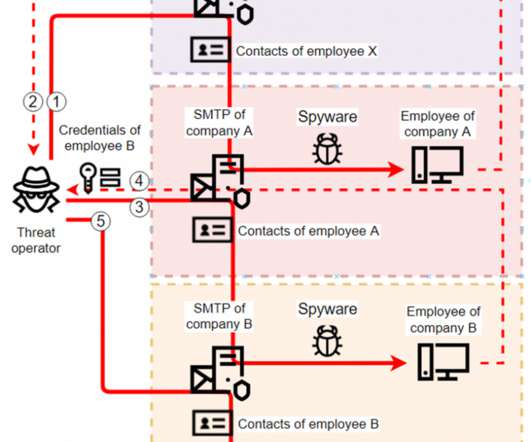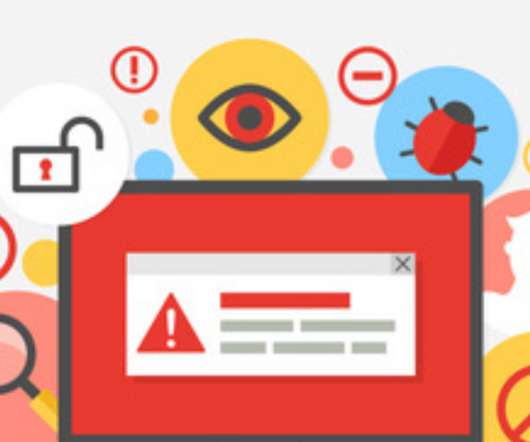Types of Malware & Best Malware Protection Practices
eSecurity Planet
FEBRUARY 16, 2021
Malware, short for “malicious software,” is any unwanted software on your computer that, more often than not, is designed to inflict damage. Since the early days of computing, a wide range of malware types with varying functions have emerged. Best Practices to Defend Against Malware. Jump ahead: Adware. RAM scraper.

















Let's personalize your content